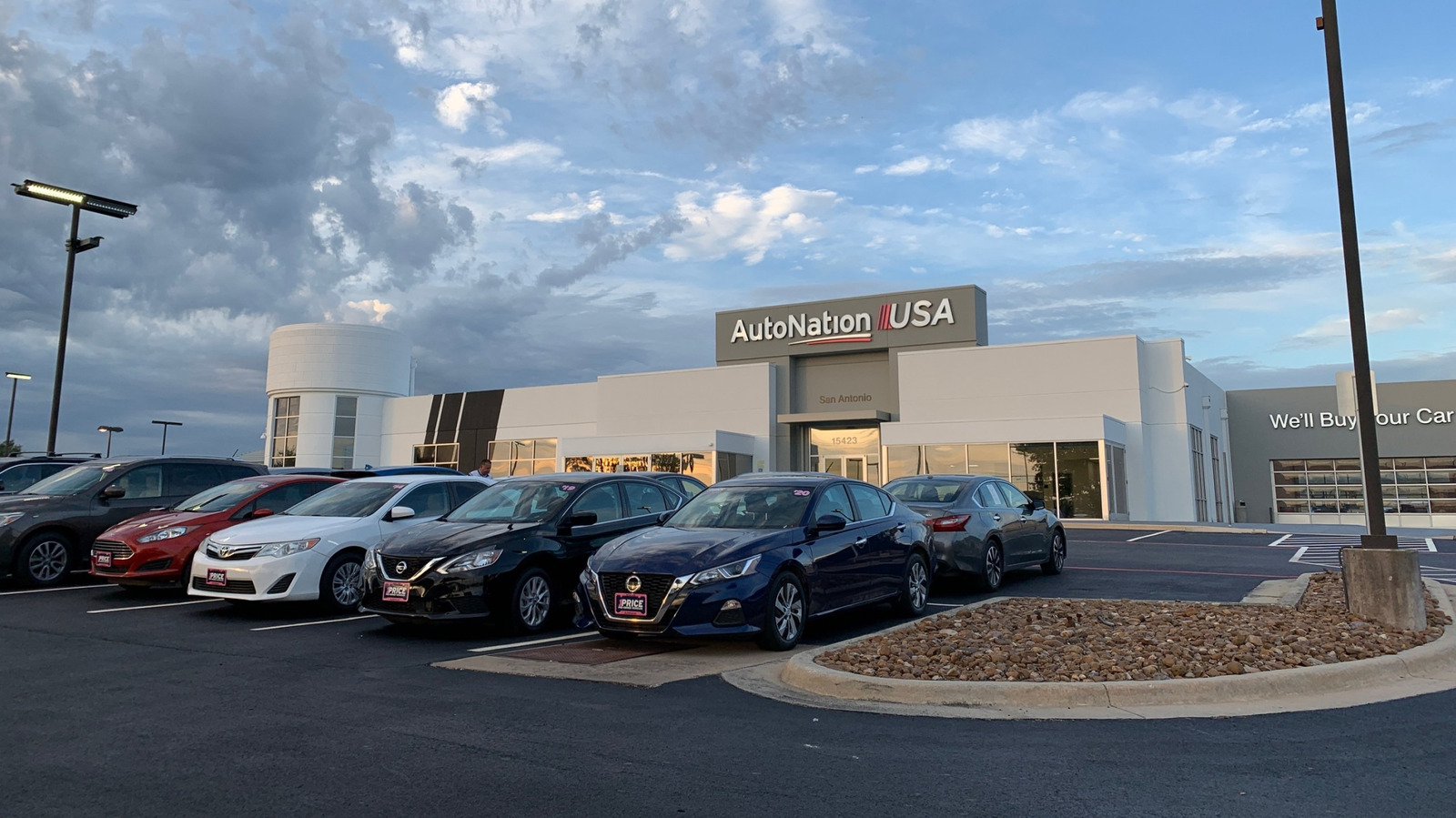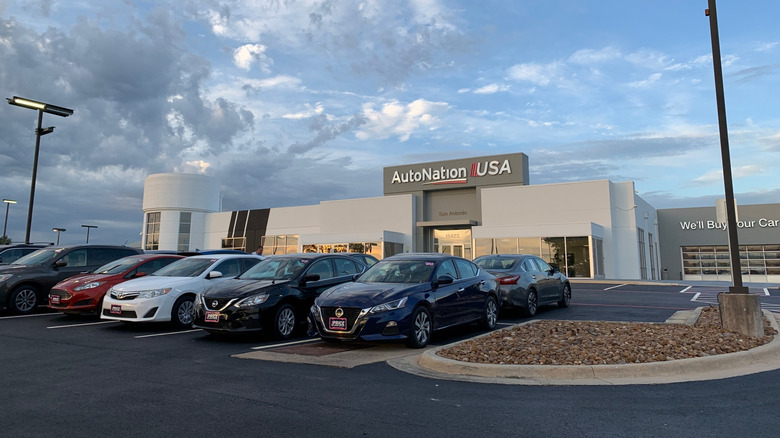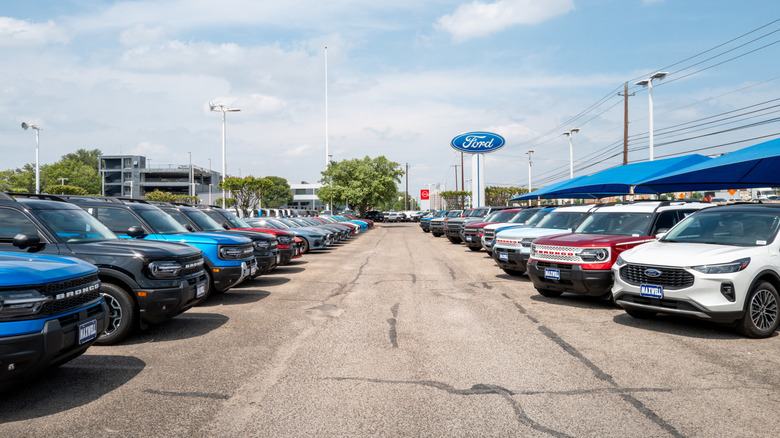Fort Lauderdale-based AutoNation Inc. hit the top of the used car pile in 2024 by shifting an incredible 265,908 used vehicles through its 267 nationwide dealerships for a total used car revenue of $7.07 billion. All of those are absolutely astronomically high numbers by any measure. AutoNation was trounced on unit sales by Lithia Motors’ 459 dealers and on revenue by Penske Automotive Group’s $8.77 billion in used car sales, but both of those networks included sales at dealerships located outside the U.S. in their data. A focus on used cars is paying dividends for AutoNation lately, and will likely continue to be a boon for the brand in 2025 with import tariffs set to absolutely crash the new car sales market. It stands to reason that used car sales will continue to climb in the face of ever higher new car prices.
By doing a little bit of quick math we can determine that AutoNation averaged sales of about 996 cars per dealership last year, and each one of those vehicles sold for an average of $26,614. It seems that Americans are more willing than ever to step into a pre-owned vehicle, and willing to pay quite a lot of money to get one. Both of those statistics will likely see big spikes in the next year, and the companies winning at selling used vehicles in 2024 are likely to see a windfall in 2025, so long as they can get the units they need on the lot in order to sell them. With tariff-driven car price inflation already rearing its ugly head, American drivers are expected to keep their vehicles longer and postpone new vehicle purchases.
Where do we go from here?
Used car sales volume was up by about 4.3% in 2024 versus 2023, though that’s still somewhat supply constrained compared to the peak of 2022. Around 16,151,000 used units were shifted in 2024 with an average list price of $25,721 so AutoNation’s numbers are fairly well in line with both of those statistics. Across the board dealerships say the number of used cars being traded in or sold at wholesale auctions is down about 5% from where demand is, and that’s probably not going to get better for a few years as post-COVID supply chain issues and prospective buyers with too much negative equity continue to mount.
If supply of new cars is again artificially constrained by rising tariffs we could see a used car crisis here in the U.S. for the second time in five years. Be prepared to either hang on to your car for longer, buy less car, or pay more for your next one. It’s going to get worse before it gets better.




